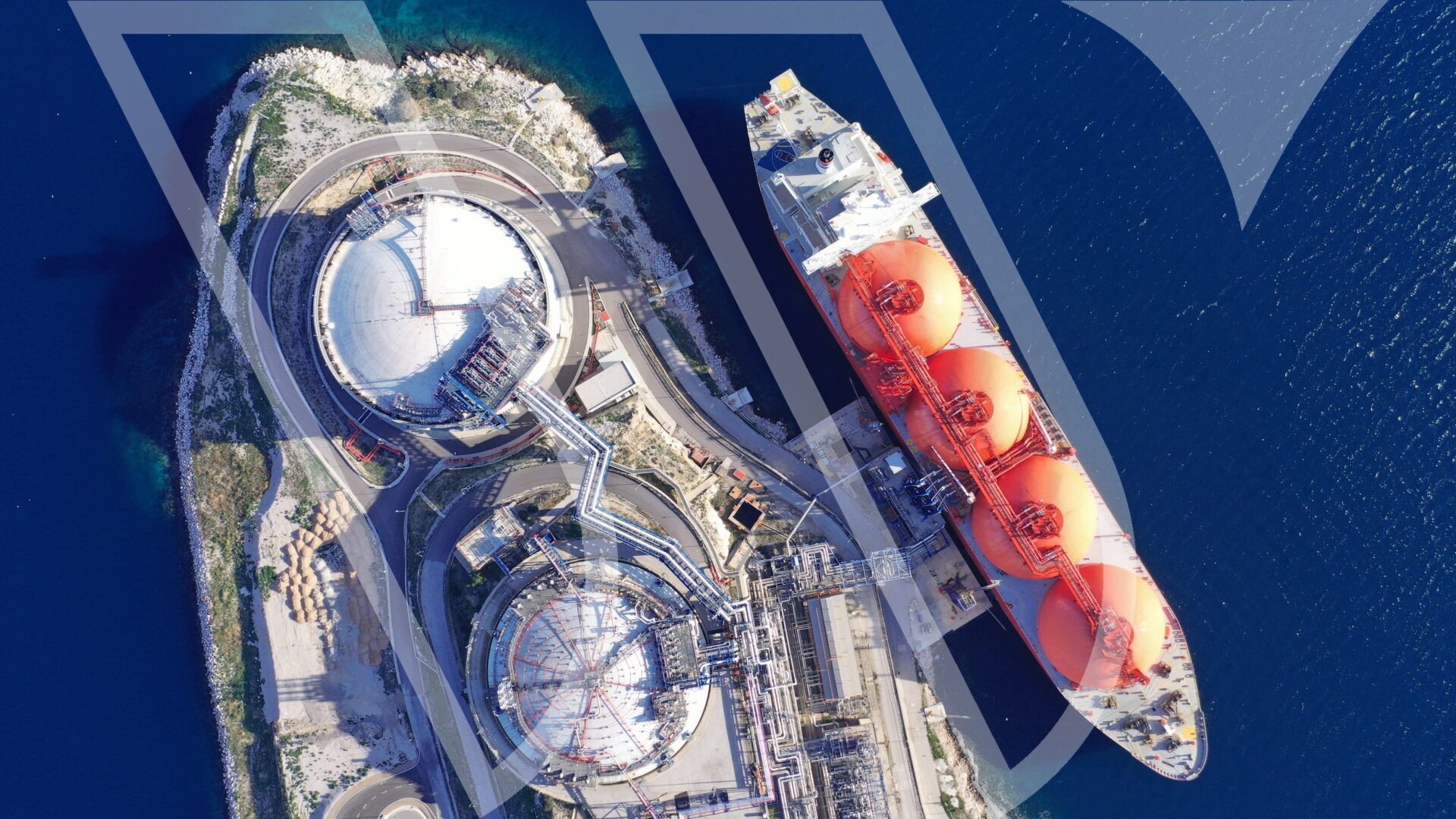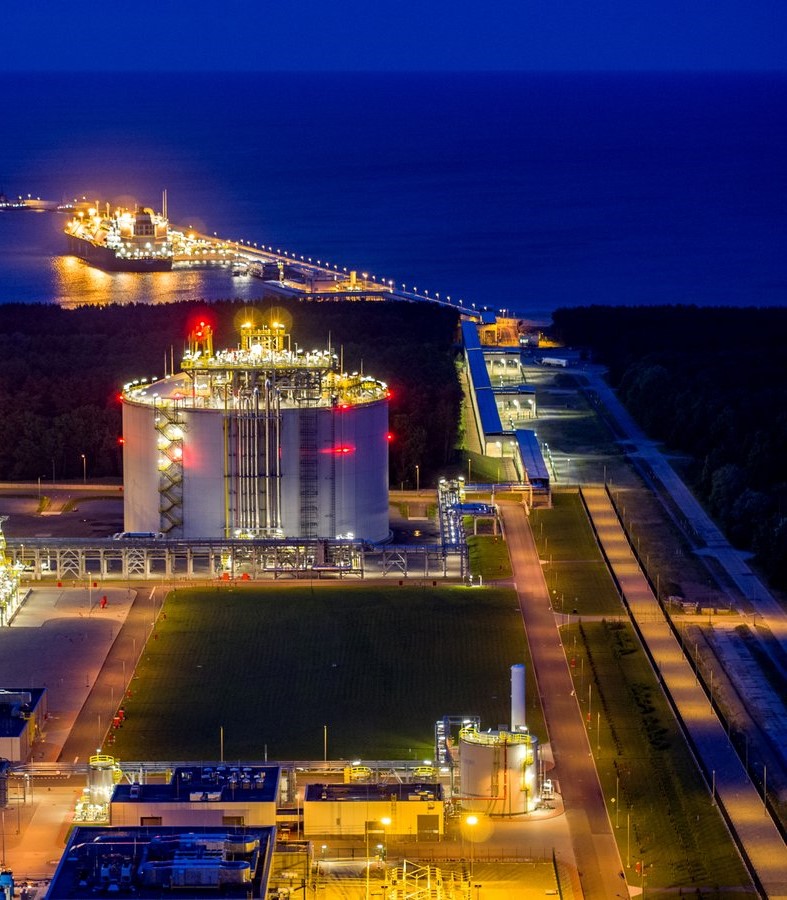
Venture Global’s expanded 20-year contract a sign of revived LNG market as buyers avoid Russia
https://www.ft.com/content/064437a4-2c60-4962-b722-d669d71e914a
Read More
https://www.ft.com/content/064437a4-2c60-4962-b722-d669d71e914a
Read More
• Supply Chain Overview Pages 1-2
• Satellite Images: BH’s Fabrication Yard In Avenza, Italy Pages 2-4
• Implications Of Calcasieu’s Unique Contractual/Structural Dynamics Pages 3-5
• Force Majeure Flow Charts: Wrapped vs Unwrapped Pages 4-5
• Pertinent Questions From Here Pages 5-6
For access information, please email us at [email protected]
The LNG Supply Chain & Force Majeure Dominoes. Given the continued, rolling implications of the global response to COVID-19, we thought it was worthwhile to examine potential points of friction as it pertains to the implications of Force Majeure (FM) declarations on large-scale, multi-faceted LNG export projects. We believe such a scenario is relevant for Venture Global’s Calcasieu Pass (CPLNG) project given its globally linked supply chain – including its liquefaction modules which are being fabricated at a Baker Hughes (BH) fabrication facility in Avenza, Italy. (Satellite images on Pages 2-4)
Venture Global’s Potential FM Predicament Is Unique. A typical, fully wrapped, EPC contract would typically just keep an owner on the hook for extensions to a contractor’s guaranteed completion date. However, the less expensive, decentralized contracting structure that Venture Global has assembled for CPLNG could potentially expose the project to contractors looking to recover mitigation and prolongation costs. (Pages 2-4)
Implications Of FM Claim For BH, Kiewit, & VG. We believe work on CPLNG’s modules was still progressing last week (with non-essential personnel working from home), given the escalation in restrictions we believe those productivity dynamics are (justifiably) fluid. Should BH file a successful FM claim, it would most likely be granted… (Pages 3-6)
For access information, please email us at [email protected]
Read More
|

For access information, please email us at [email protected]
Forcasted Ramp In Craft Labor Headcount Indicate Costs Likely Trending Above Plan. Recent filings indicate that Calcasieu Pass LNG’s (CPLNG) average on-site workforce is set to more than double compared to company Pre-FID plans, while also introducing a night-shift. While there are likely several variables in play here, we believe the data (analyzed in the pages that follow), suggests that CPLNG’s on-site craft labor costs could increase materially……(data and our estimates on pages 2-5).
Parking Lot Infrastructure: In addition to the craft labor increases, there’s usually an increase in both indirect construction support infrastructure and the associated cost for that infrastructure. An example of this phenomenon is the reported increases by CPLNG in parking lot infrastructure. While not usually top-of-mind, ancillary factors like parking carry a real cost for projects this large, and significant increase in parking requirements would be felt in a projects budget. This same correlation is true for other indirect costs like lunch tents, lavatories, office spaces, personal protective equipment, health & safety supervision, small tools and consumables, radios and other IT equipment, trash removal, security, craft training, and on and on. That trend in data over the past year shows….(continued on pages 2-3).
While there could be several explanations for the ramp in labor (too many to list within a single note), if we were stakeholders we’d want to understand what’s actually driving the ramp in labor, and how any associated overrun in direct and indirect costs are being accounted for by CPLNG. While our cost overrun estimate (pages 2-3) is just that – an estimate – we’re confident the
fundamental relationship between labor head count and project costs have us pointed in the right direction.
Click here to buy this report

Updated Pricing Color For U.S. Developers: Cheniere, Shell, Venture Global, Next Decade, Freeport, Annova, Commonwealth, Delfin & More. Over the past week we’ve had several conversations with LNG buyers, project developers, and downstream operators, with the more pertinent color below:
LNG Pricing Currently Being Offered In The USG:
• Consensus Range: $2.25–2.40/mmbtu – Individual Developer Pricing Details On Page 2
• Outlier: $2.10-2.20/mmbtu – Individual Developer Pricing Details On Page 2
• Outlier: Offering ~$1.75/mmbtu – Individual Developer Pricing Details On Page 2
Favored Projects: Buyer With Some Effective Baseload Exposure – In the U.S. only really considering a handful of projects (page 2), however, Qatar is the most likely – and buyer has option to pull from Ras Laffan or Golden Pass. Webber Note: the optionality here provides another window into how Qatar is marketing their entire ~100mtpa portfolio.
Venture Global: At least 2 buyers in Calcasieu potentially going back for more LNG in Plaquemines, site visits are still ongoing (page 3).
Project Roll Ups: One buyer speculated we’ll see some of the 3rd and 4th tier Greenfield projects get rolled up in 2020, as existing players look for cheaper growth optionality and early stage projects solve for funding issues. Webber Note: we agree, and think it could start in the next quarter or two, with a Brownfield or well-funded player consolidating some pre-FEED or pre-FERC powerpoint projects.
Mubadala Builds NEXT Equity Position: On 12/12, NEXT filed a shelf registration for 10.1MM shares, controlled by Mubadala Investment Company (Mubadala) – 8.0MM of which were issued to Mubadala on 10/24 (at $6.27/share) and 2.1MM of which Mubadala acquired from another shareholder (we believe BKR). While the stock traded off 4% as the registration headlines spooked the market a bit (unfortunately, a relatively predictable outcome, even for a maintenance filing), the stock regained the lost ground relatively quickly. We view the BKR sale (via BHGE) as mostly a post-spin cleanup effort, with at least read through here that Mubadala likely wanted more equity than NEXT was willing to issue on a primary basis.
For access information, please email us at: [email protected]
Read More
Highlights From Webber R|A Conference Call Series W/ EPC Risks CEO, Eric Smith
Diving Into EPC Risk:
Friday we hosted Eric Smith, CEO of EPC Risks for our inaugural Webber R|A LNG Conference Call Series – which we think was particularly timely as the market gradually shifts more of its focus from the binary event-risk (FID risk) that has largely defined the LNG cycle for the past 2 years, and toward LNG project construction/execution risks (EPC risks). Our call with EPC Risks CEO Eric Smith focused on the issues they’re seeing in certain timelines over the near-term (KMI’s Elba Island), the impact that restructuring headwinds (McDermott) can have on project timelines (Cameron LNG/SRE), and the viability of low-cost models like Venture Global’s Calcasieu Pass.
Among the major takeaways:
according to EPC Risks, there’s a zero percent (0%) chance that KMI hit’s the Elba Island timeline they highlighted on their earnings call last week (i.e. – 3 more units in place this year, remaining 6 within H210).
Relevant Companies/Stocks:
Kinder Morgan (KMI), Sempra LNG (SRE), Cheniere (LNG, CQP), Tellurian (TELL), NextDecade (NEXT), McDermott (MDR), LNG Limited (LNGL), Energy Transfer (ETE), Royal Dutch Shell (RDS.A, RDS.B), Baker Hughes (BKR), Fluor (FLR), Chiyoda (6366), IHI (7013), Venture Global LNG (Private), Bechtel (Private).
Read More